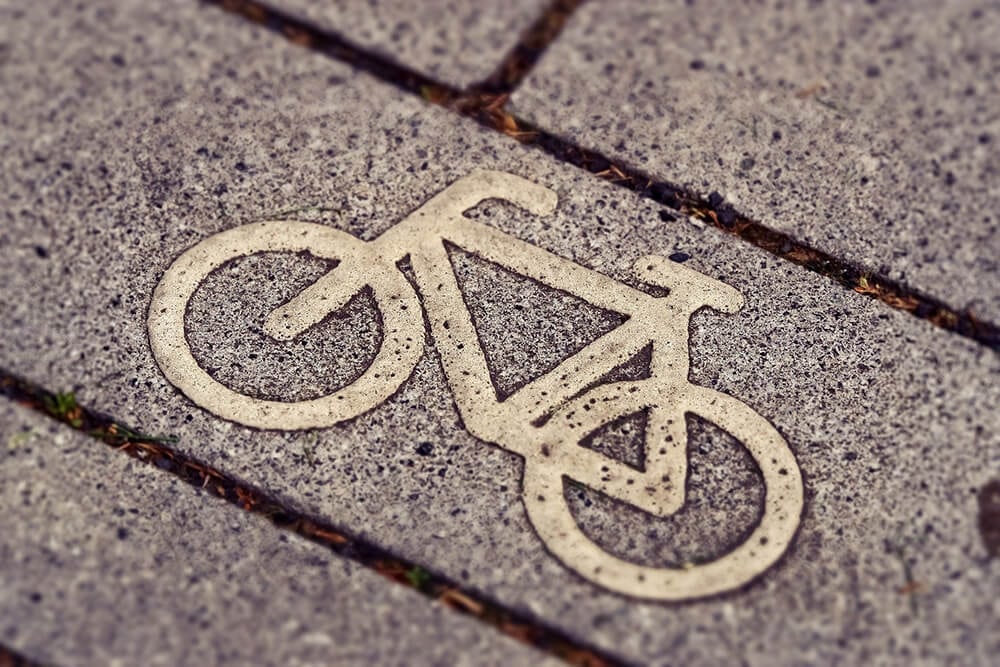
One of the unanticipated cultural side effects of COVID-19 was a phenomenon that has been referred to as a “bike boom.” The city of Charleston has long been a favorite with bicyclists both local and tourist. And the rise in biking for transportations over the past two years has increased the number of bikes on our roads. But an increase in the number of bikes has brought with it a rising number of bicycle accidents. More than ever, it’s important to know how to ride a bike safely.
In this article, we’ll discuss ways to safely ride a bike, or drive an e-bike, on the road in Charleston.
I’m a Bicyclist, What Can I Do to Stay Safe?
If you use a bicycle to get around Charleston—whether for exercise, transportation, or as a way to enjoy the scenery—the following safety tips can help you avoid and prevent dangerous situations:
Make Yourself Visible
- Wear bright colors or reflective gear.
- Avoid biking at night as much as possible.
- Equip your bike with reflectors on the front and rear, and on pedals and spokes.
- When biking at night, use a light reaching 500 feet on the front and a red light on the rear.
Maintain Your Equipment
- Give your bike a once-over before your ride to check for any issues.
- Make sure to check tire pressure before each ride.
- Adjust and lock your seat at the height appropriate for you.
- When riding, be careful of branches or objects that can get stuck in spokes.
- Stop and clean your bike immediately if you catch any debris in your tires.
Consider the Roads You Are Biking
- Plan to ride on roads with bike lanes or wide shoulder areas.
- Whenever possible, ride on paths intended for cyclist use only.
- Avoid, or be careful when nearing, the intersections in Charleston with the highest crash rates.
- Dress for weather and road conditions, including hat, protective glasses, jacket, and dust protection as necessary.
- Stick to quieter neighborhoods over high-traffic areas.
- Slow down on roads that have loose gravel, dirt, sand, potholes, ice, puddles, or debris.
Follow All Traffic and Safety Rules
- Wear a properly-fitted helmet.
- Follow the same traffic rules a vehicle driver must follow.
- Never allow more people on the bike than it was designed to carry.
- Use hand signals to alert drivers before making a turn.
- Follow lane instructions and be extra careful at intersections.
- Ride with the flow of traffic, not in the opposing direction.
Be Aware of Drivers Around You
- Don’t assume a driver’s next move. Keep an eye on the movements of cars around you.
- Watch for signs that a driver is intoxicated and stay far away from a drunk driver.
- Keep alert for opening car doors.
- Use caution when crossing streets or entering into traffic, checking multiple times before moving.
- Don’t distract yourself with a phone or music when riding near cars.
- Consider installing your bike with a mirror and a warning bell or horn.
- If you are not sure what a car is doing—yield. Err on the side of safety.
Prepare for an Emergency
- Ride with a patch kit in case of a flat tire.
- Keep a cell phone, ID, and extra cash on you at all times.
- Bring plenty of water, even more than you think you may need.
- Pack an extra snack in case you are stranded somewhere for a period of time.
- Wear layers that can be adjusted depending on changing temperature and weather.
I Have an E-Bike, How Do I Drive Safely on the Road?
For those who own an electric bicycle and wonder how to safely drive on the road with cars, many of the above-listed tips for bicyclists also apply to e-bike drivers. There are a few additional considerations to take into account if you drive an e-bike rather than a traditional bicycle. These additional safety precautions can help e-bike drivers stay safe on the road:
- Always wear a helmet.
- Be aware of your state’s laws regarding electric bicycle use.
- Slow down near pedestrians.
- Be careful of speed when driving on roads with gravel, cracks, potholes, or slippery surfaces.
- Know your braking capability and give your e-bike more room to stop.
- Know that not all car drivers understand e-bikes and may underestimate your speed.
- Be comfortable and confident using your e-bike before you hit the road.
I’m a Vehicle Driver, What Can I Do to Protect Bicyclists?
Drivers of cars, trucks, vans, and other passenger vehicles owe a duty of care to the more vulnerable parties who also use the same roads—like bicyclists, e-bikers, and pedestrians. Here are some tips for drivers who want to safely share the road with bicycles and e-bikes:
- Never drive distracted. Be alert, and know that bikes are sometimes hard to see.
- Be careful to check blind spots for bicycles.
- Double-check all crosswalks before making a turn at an intersection.
- Give ample space when passing a bike on the roadside. Change to the far lane if possible.
- Don’t pass a bike when another car is coming toward you, wait until it passes.
- Drive within the speed limit and at a speed safe for all conditions.
- Never drive recklessly or intoxicated, especially around bicycles.
- Don’t block bike lanes.
- Use turn signals well in advance of a turn or lane change.
- Check both directions before opening your car door.
How Dangerous Are Bike vs. Car Accidents?
Fortunately, the majority of bicycle accidents result in injuries that are relatively minor. When drivers are reckless, speed, and fail to pay attention to the bicycles are them, however, it is almost always the bicyclist, not the vehicle driver, who suffers catastrophic injury or death. The vulnerability of those on bicycles makes it all the more important to know how to ride a bike safely on the road.
In 2019, nearly 850 bicyclists were killed in accidents with motor vehicles. These are the most common injuries sustained by bike riders in car vs. bike crashes:
- Bruises, cuts, and scrapes
- Road rash, abrasions, and burns
- Broken bones, fractures, and bone fracture complications
- Strains, sprains, soft tissue damage, and swelling
- Head and brain injuries (especially when not wearing a helmet)
Following a crash, it’s important to be on the lookout for signs that you were injured in the accident. If you were hurt while riding a bike in Charleston, reach out to one of our bicycle accident lawyers at DiPiero Simmons McGinley & Bastress, PLLC. We can schedule a free consultation to discuss your case details.






